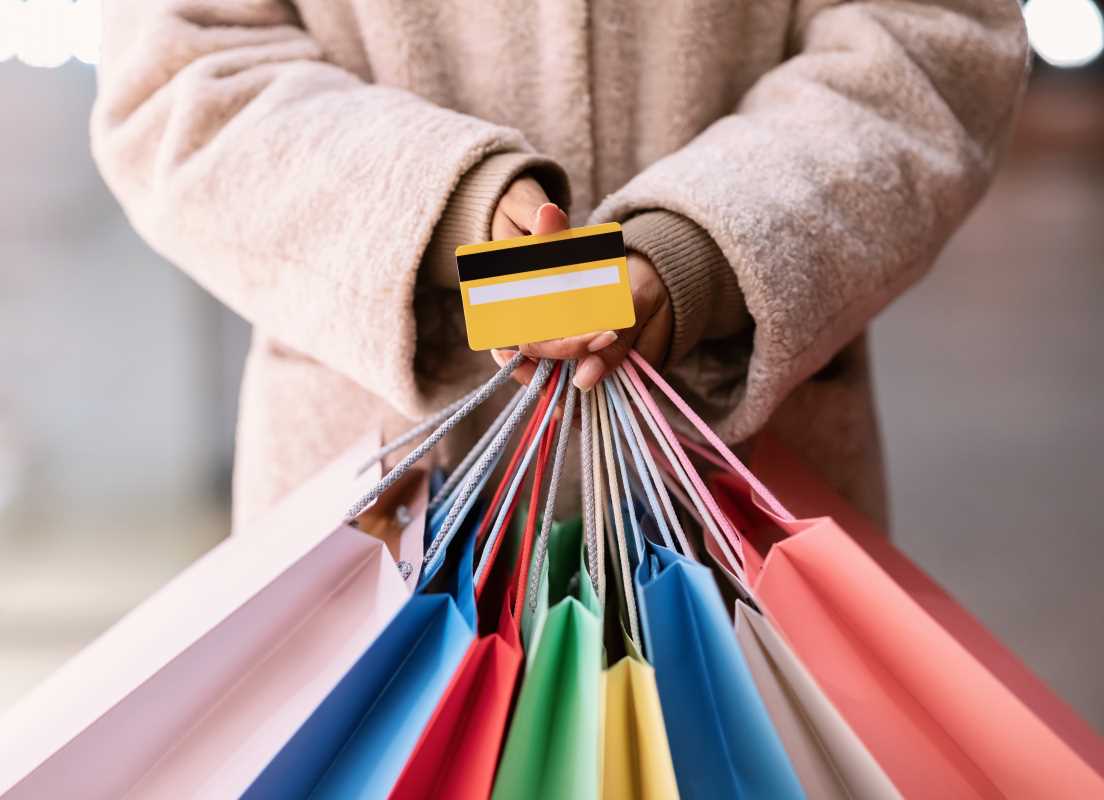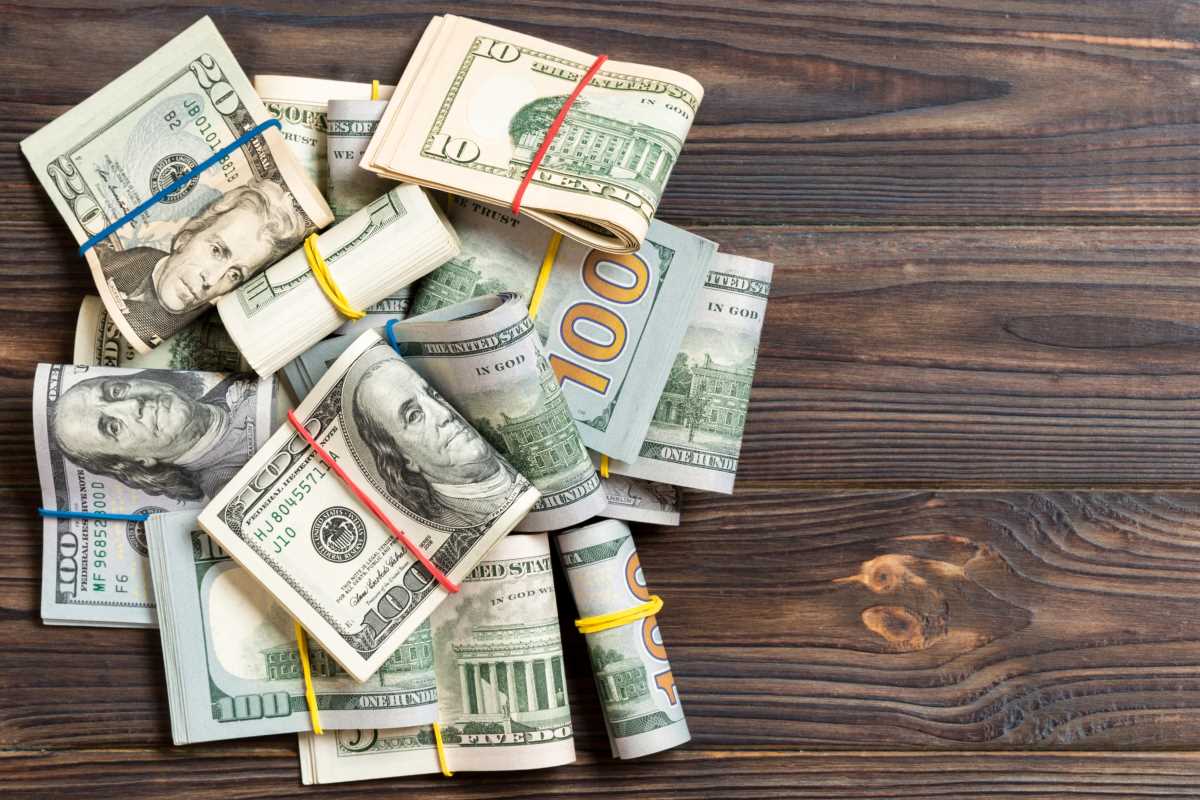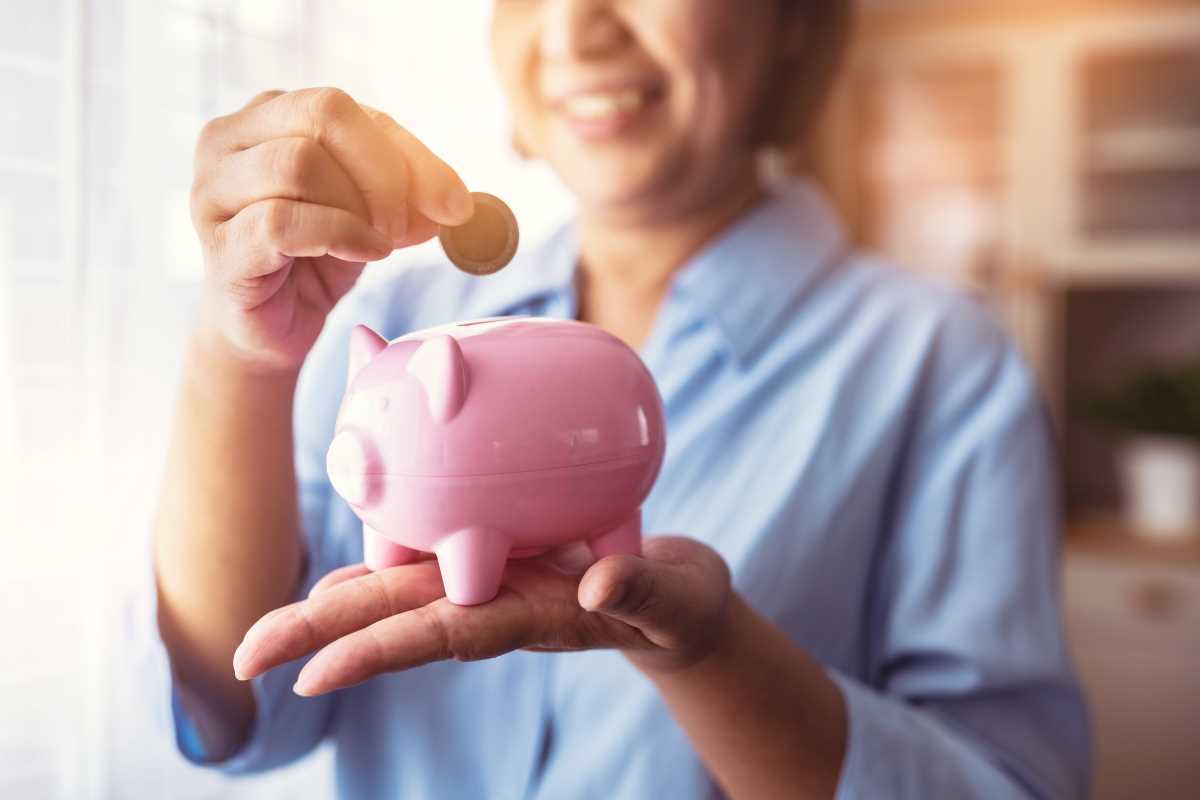Splurge purchases represent more than mere financial transactions—they are complex psychological experiences that reveal profound insights into human motivation, emotion, and neurochemical responses. While impulsive spending can feel like a fleeting indulgence, it’s often driven by deeper psychological forces that influence our decision-making. By understanding these underlying motivations, we can gain valuable insight into why we splurge, how to mitigate its effects, and what drives our desire to overindulge.
The Neurochemical Landscape of Splurging
When you decide to make a significant, unplanned purchase, your brain undergoes a fascinating chemical transformation. Dopamine, the primary neurotransmitter associated with pleasure and reward, floods your neural pathways, creating intense excitement and anticipation. This “feel-good” chemical is often responsible for the rush of satisfaction we experience in response to rewarding activities like eating, exercising, or shopping.
Dopamine's Role in Splurge Behavior
The anticipation of a purchase often generates more pleasure than the actual acquisition. This neurochemical surge creates a powerful psychological reward, explaining why window shopping and online browsing can feel exhilarating. For many, the excitement of making a splurge purchase or even just thinking about it activates the brain's reward centers. When the purchase is finally made, the feeling of accomplishment or satisfaction amplifies the positive emotions linked to this behavior. However, this feeling can quickly fade, leading to repeat splurging as people seek to re-experience that rush.
Psychological Triggers of Impulse Spending
While dopamine plays a significant role, other psychological factors fuel impulse buying. Often, splurge purchases are driven by emotional or social needs rather than a logical evaluation of the item’s worth.
Emotional Compensation
Splurge purchases frequently serve as emotional regulation mechanisms. Individuals often use significant purchases to:
- Counteract negative emotional states, such as stress, sadness, or boredom
- Generate temporary feelings of control when life feels chaotic
- Create momentary self-validation when self-esteem is low
- Escape financial or personal stress that feels overwhelming
When faced with emotions that are difficult to process, buying something extravagant may provide an immediate, albeit temporary, boost. This is why people often shop to feel better—whether it’s to distract from anxiety or reward themselves for overcoming challenges.
Social Validation and Status
Consumer psychology also shows that splurge purchases are often tied to a person’s desire for social recognition. Many people use purchases to:
- Demonstrate financial success or upward mobility
- Gain approval from peers or social groups
- Construct and express personal identity
- Participate in social signaling, such as purchasing the latest trends to fit in
When people splurge on designer brands or high-end products, it’s often more about signaling wealth or status than genuinely needing the item. This behavior can be strongly influenced by societal pressures, such as advertising or social media, where the emphasis on consumerism is constantly reinforced.
The Cognitive Mechanics of Rationalization
When making a splurge purchase, the human brain becomes remarkably adept at justification. Cognitive dissonance, the mental discomfort of holding two conflicting thoughts, drives the brain to rationalize seemingly irrational decisions. This psychological phenomenon helps individuals reconcile their emotional impulses with logical reasoning.
Rationalization Techniques
- Minimizing potential future consequences: “It’s only a small amount of money in the grand scheme of things.”
- Emphasizing immediate gratification: “I deserve to treat myself after a long week.”
- Discounting long-term financial implications: “I’ll figure out how to pay it off later.”
- Creating elaborate personal narratives: “This purchase will make me more productive or improve my life in some way.”
By adopting these techniques, individuals can quickly override their rational thinking and convince themselves that the splurge is justified, even if it goes against their long-term financial goals.
Neurological Reward Circuits
Splurge purchases activate multiple brain regions simultaneously. The prefrontal cortex, responsible for decision-making, evaluates the purchase's benefits. The nucleus accumbens, known as the brain's pleasure center, is activated when we experience the anticipation and enjoyment of the purchase. The amygdala, which processes emotions, amplifies feelings of excitement, while the anterior cingulate cortex is involved in resolving the conflict between desires and rational thoughts.
This intricate neurological interaction explains the intense emotional experience accompanying significant purchases. It also highlights why impulse buys are often difficult to resist—our brain prioritizes immediate rewards over long-term goals.
Evolutionary Perspectives
From an evolutionary standpoint, splurge behaviors might represent adaptive mechanisms. In the past, indulging in an occasional feast or acquiring valuable resources may have been beneficial for survival, signaling abundance and the ability to thrive. Similarly, social bonding through gift-giving and conspicuous consumption likely fostered group cohesion and status.
Today, while these behaviors are no longer essential for survival, they still influence our spending habits. In modern consumer societies, splurging can function as a form of social bonding and a way to demonstrate wealth, success, and belonging within certain social groups.
Mitigating Impulsive Spending
Understanding the psychological mechanisms behind splurge purchases enables more intentional financial behavior. By acknowledging the emotional and neurochemical triggers that lead to impulse buying, individuals can take steps to minimize their impact. These are some practical strategies for controlling impulsive spending:
- Implementing waiting periods: Before making a major purchase, consider waiting 24 to 48 hours to assess whether the impulse to buy persists.
- Practicing mindful consumption: Be conscious of your emotional state when shopping. Avoid making purchases during times of stress or emotional vulnerability.
- Developing emotional regulation strategies: Instead of turning to retail therapy, explore other ways to manage emotions, such as exercising, journaling, or meditating.
- Creating structured financial planning frameworks: Set clear financial goals and a budget for both needs and occasional splurges.
The Complexity of Consumer Psychology
Splurge purchases reveal the intricate relationship between emotional states, neurochemical responses, and financial decision-making. They are not simply moments of weakness but complex psychological experiences that reflect human nature’s desire for reward, social connection, and emotional fulfillment. While impulse spending is a natural part of human behavior, understanding its psychology can empower individuals to make more conscious, thoughtful decisions and better align their spending with long-term financial goals.







